The birds that mate for life — and the birds that belong in a Jilly Cooper novel
Birds have a reputation for mating for life — and for some species, that's true. Others, though, are much more like humans when it comes to romance: some looking for stable relationships, and others behave in a way which would make even an avid Tinder user blush. Stephen Moss explains all.


As the US writer Nora Ephron wrote in the movie Heartburn, ‘If you’re looking for monogamy, you’d better marry a swan’. Some species of bird do, indeed, pair for life, yet other species — including most songbirds — are ‘socially monogamous’. This means that, although they will form a pair for the entire breeding season, to help one another raise their young, the male (and, often, also the female) may also sneak off and try to mate with other birds.
In the male’s case, this strategy is likely to mean he will have more offspring — even if he might never see some of them. For the female, mating with two or three males does not increase the number of chicks she can have, as she will still lay the same number of eggs. However, by mating with several males, she does benefit from having a range of young with different genetic qualities inherited from their fathers, some of which will be more likely to survive than others. This avoids, as it were, putting all her eggs in one basket.
"Dunnocks are the avian equivalent of guests on one of those day-time television shows, with both male and female indulging in persistent unfaithfulness, promiscuity and secret affairs"
Birds pair up by using two basic techniques. Songbirds, which make up more than half of all the world’s bird species, have (as their name suggests) an attractive, tuneful song. This is almost always uttered by the male and serves two purposes: to attract and keep a female; and, at the same time, to warn nearby males to keep out of his territory and away from his mate.
Many larger birds, whose vocal talents are more limited, use a visual courtship display instead. This can be something quite basic, with the male simply showing off his attractive plumage to the female. Although it can also evolve into a truly memorable routine, in which both the male and female perform a complex series of dance moves, often exactly mirroring one another’s movements. For humans, our own abilities to sing and dance were originally influenced by these incredible natural sounds and sights.
Although some birds breed throughout the year, the key time to listen to birdsong and watch courtship displays is undoubtedly the spring: any time from February through to May or June, depending on the species. So, make sure that this year you seek out these amazing spectacles. Here are 10 birds to watch.
Swan
Romance score: 9/10

Mute swans famously mate for life. At least most of them do: only about 6% of mute swan pairs separate when both partners are still alive, sometimes when two pairs meet and the avian equivalent of ‘wife-swapping’ occurs.
Exquisite houses, the beauty of Nature, and how to get the most from your life, straight to your inbox.
Divorce is even rarer for the mute swan’s smaller cousin, the Bewick’s swan: of all the thousands of pairs studied at the Wildfowl and Wetlands Trust headquarters near Slimbridge, Gloucestershire, over the past 70 years, only two have ever been known to separate. And when one swan partner dies, its mate will often stand guard by the body for several days, as if in mourning.
Robin
Romance score: 5/10

Britain’s favourite bird looks so sweet that we can’t possibly imagine it would be anything but faithful to its partner. Yet both male and female robins can be unfaithful, which is why male robins are so territorial, seeing off any other males that might dare to venture into their home patch.
Indeed, of all our garden birds, male robins are the most aggressive and violent, sometimes fighting rival males to the death. Both male and female robins also hold territory during the autumn and winter, which is why they sing their delicate, plaintive song throughout most of the year.
Wren
Romance score: 3/10
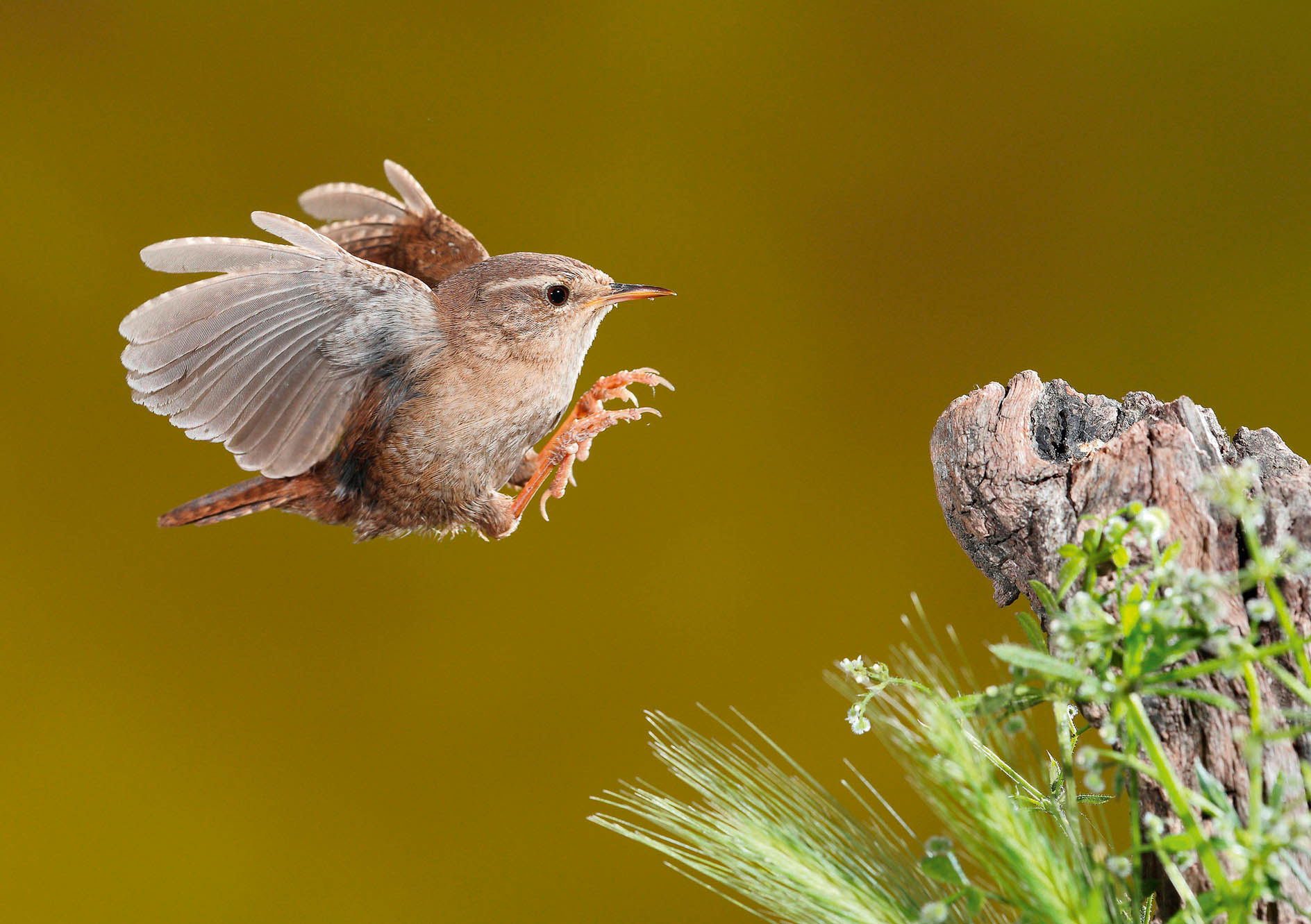
Most small birds share the duties of nest-building, incubating the eggs and feeding the young. The male wren starts off well: he alone builds not only one nest, but up to half-a-dozen, known as ‘cock’s nests’. He will then show off each of them, in turn, to his mate, so that she can choose the one she thinks is the best.
However, after this ‘estate agent’s tour’, he contributes nothing more to family life: the female does all the incubation duties and, once the young hatch, all the feeding, as he goes off and finds a second mate. Only when the chicks finally leave the nest does he briefly return to watch them go — the proud, but hopeless, dad.
Dunnock, or hedge sparrow
Romance score: 0/10

The dunnock — once known as the hedge sparrow — is a rather quiet, unassuming little bird. Until, that is, it comes to its complicated and frankly rather shocking sex life. Dunnocks are the avian equivalent of guests on one of those day-time television shows, with both male and female indulging in persistent unfaithfulness, promiscuity and secret affairs.
The male follows the female around very closely, trying to stop her having a quick one with a neighbouring male; she, in turn, might have the eggs of two or even three different males in her clutch — maximising the odds of her offspring carrying the best genes.
Long-tailed tit
Romance score: 10/10
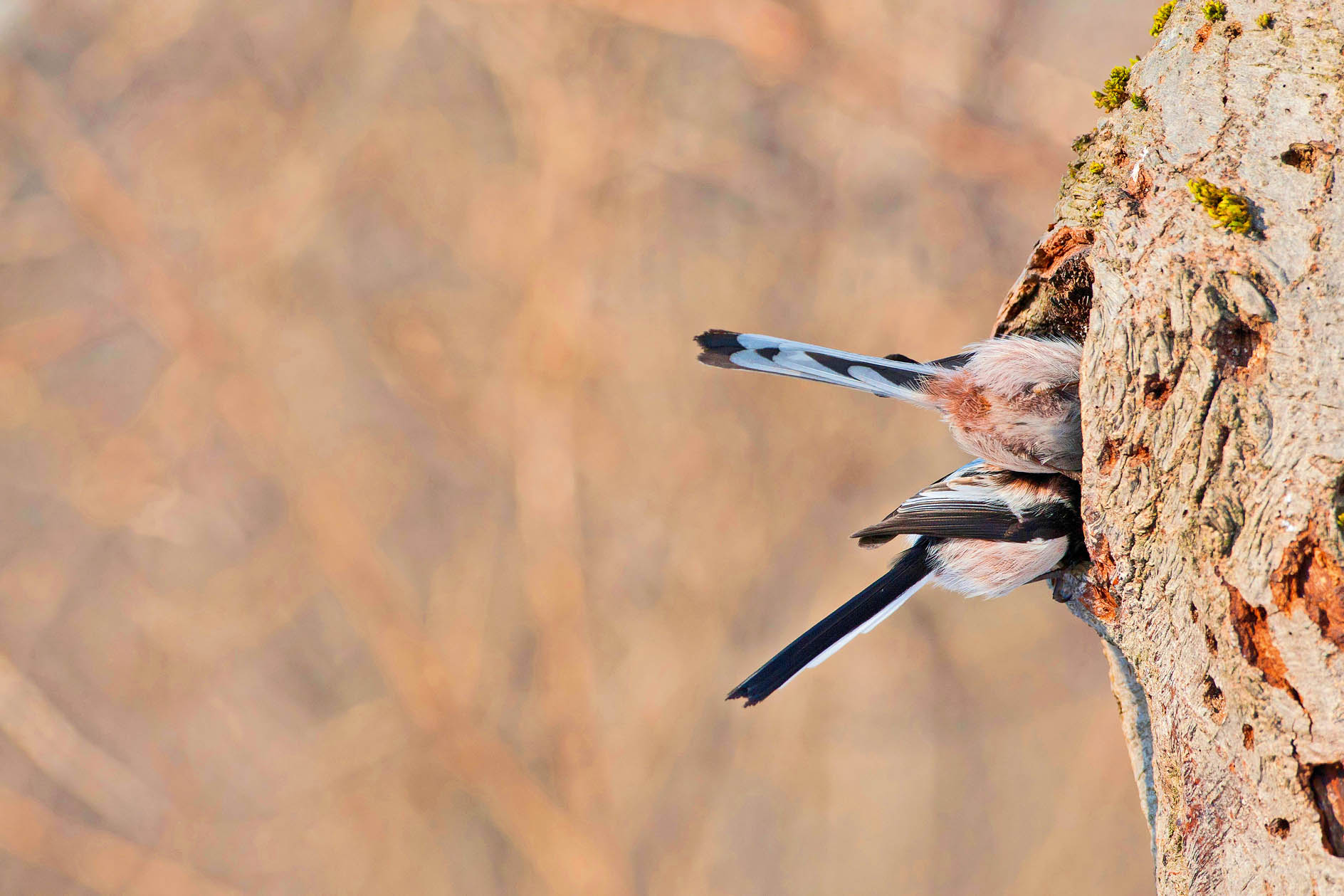
Long-tailed tits — those little balls of fluff that look like flying lollipops — are not merely monogamous. They also have a unique breeding strategy, in which their siblings or offspring from previous years, which might have lost their own nests, join in and help to raise the young.
This lovely little bird also builds one of the most extraordinary nests in the whole of the avian world, taking a week or more to construct a rounded structure out of moss, lichen and cobwebs, lined with as many as 1,400 soft, tiny feathers, which the adults collect from nearby.
Nightingale
Romance score: 8/10
Of all bird songs — not only in Britain but anywhere in the world — none are quite as extra- ordinary, complex and striking as that of the nightingale. A male nightingale can use up to 1,000 different notes and phrases in its song, which, as the bird’s name suggests, is usually delivered after dark. They can do so because the part of their brain responsible for birdsong is larger and more complex than in other species.
What is strange is why the female nightingale demands such complexity from her mate, yet the female of many other birds, such as the chiffchaff — which simply repeats various versions of the two notes in its name — seems as happy with a simple, basic song.
Great crested grebe
Romance score: 8/10
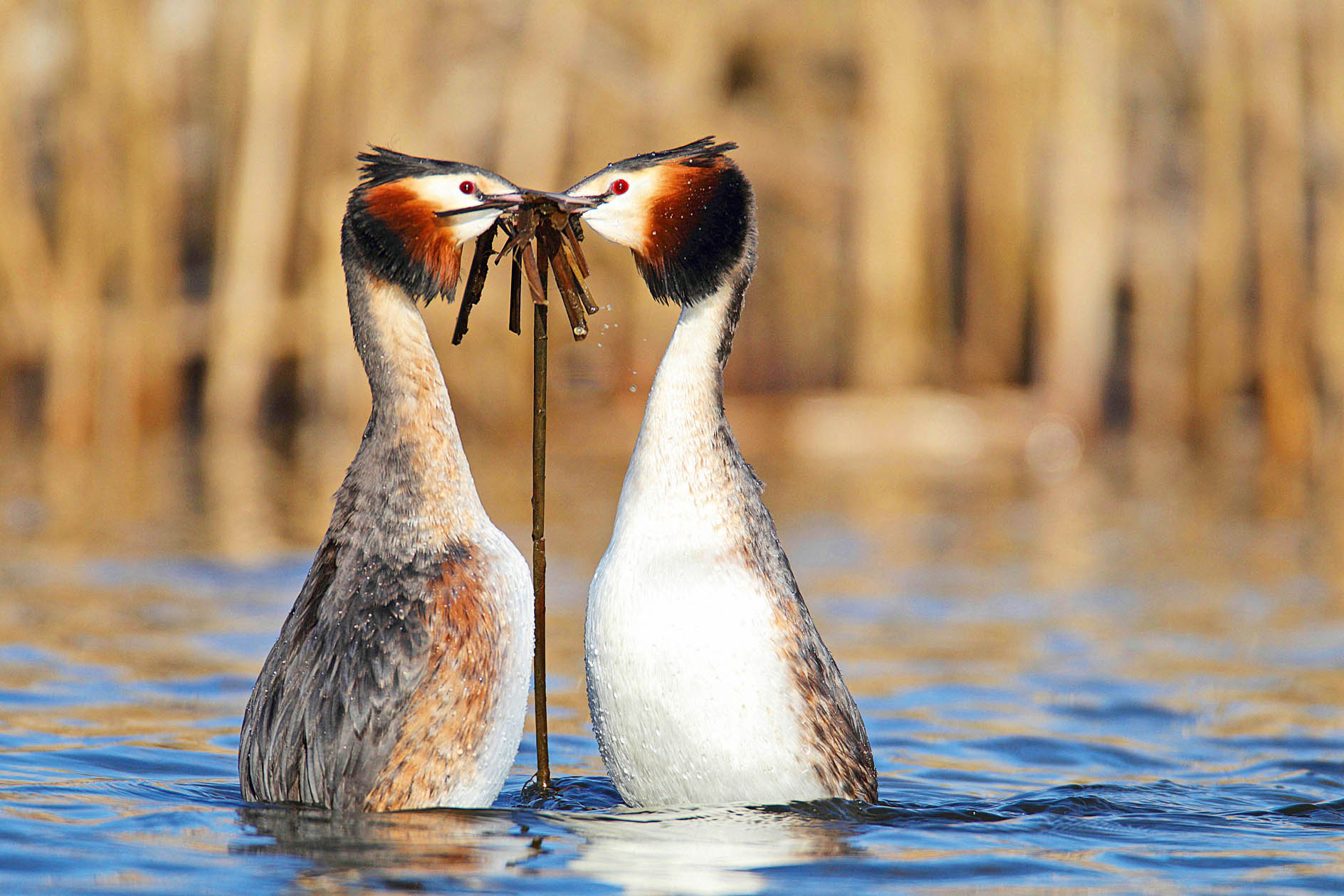
Songbirds aren’t the only species with amazing ways of showing off their love. An elegant waterbird, the great crested grebe has one of the most complex and striking of all courtship displays of any of the world’s birds. The male and female will approach one another in early spring and mirror the other bird’s movements, nodding and bowing their heads in turn. Then, if things are going well, they strengthen their bond by diving beneath the surface for water weed, then rising up, paddling frantically with their legs and waving the weed to one another in a display known as the ‘penguin dance’.
Common crane
Romance score: 7/10
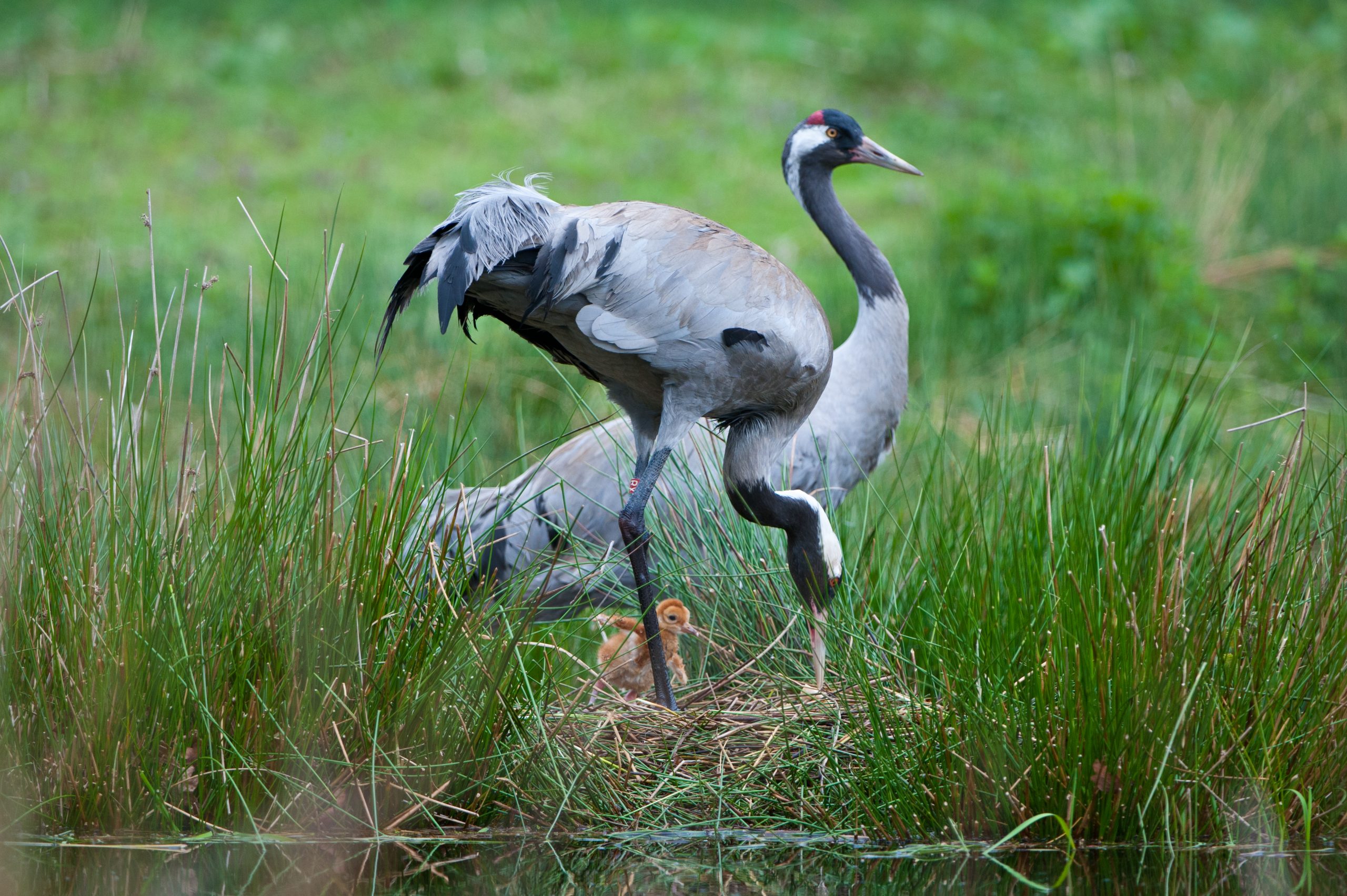
Britain’s tallest and most majestic bird also uses a complex courtship dance to strengthen the commitment between male and female. Both birds will stand opposite one another, then rise a few feet into the air, opening and flapping their broad wings, in what looks like a formal dance. In doing so, they often utter their loud, bugling call — sounding rather like a tuneful goose.
Cranes went extinct in Britain almost 500 years ago, having been hunted for food, their watery habitats drained. But, in the past few decades, some wild birds have returned to breed in eastern Britain, with others reintroduced to wetlands in the West Country.
Black grouse
Romance score: 5/10

Of all the courtship displays of Britain’s birds, none is quite so complex and striking as the lek of the black grouse, a scarce and localised gamebird found mainly in northern Britain. A lek is basically an arena, in which a dozen or more males gather before dawn, uttering a distinctive call that sounds rather like an amusement arcade machine.
As dawn breaks, they then move to and fro near one another, posturing and calling to try to impress the watching females. Like the deer rut, this is a ‘winner takes all’ strategy, in which one male will mate with most, if not all, of the females. Afterwards, he will have nothing to do with raising the young.
Feral pigeon
Romance score: 8/10
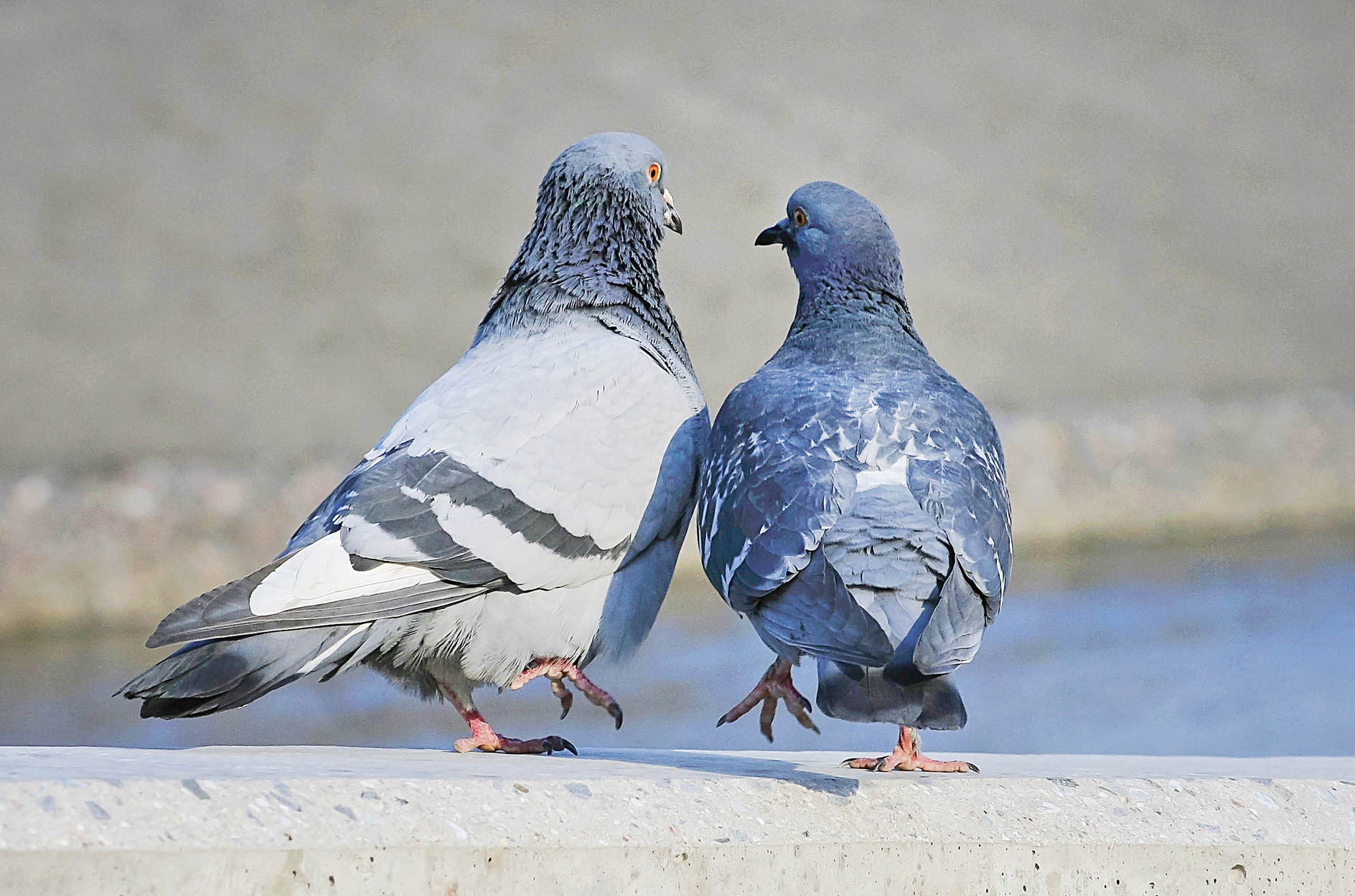
It would be easy to ignore the courtship of the feral pigeon. Descended from wild rock doves, via birds kept by humans for food, feathers and their homing skills, these birds have a strangely formal ritual, often seen in our city streets.
The male will strut up and down near a female, puffing out his throat and uttering a soft, cooing sound; as she pretends to ignore him. Only when she is convinced that he is the right suitor, will they briefly mate. Pigeons breed all year round, so this display can be seen more or less at any time.

Anything but bird-brained: The amazing wartime feats of carrier pigeons
‘Do pigeons have brains?’, the wartime Air Ministry once debated. BBC Security Correspondent Gordon Corera recounts the daring feats of
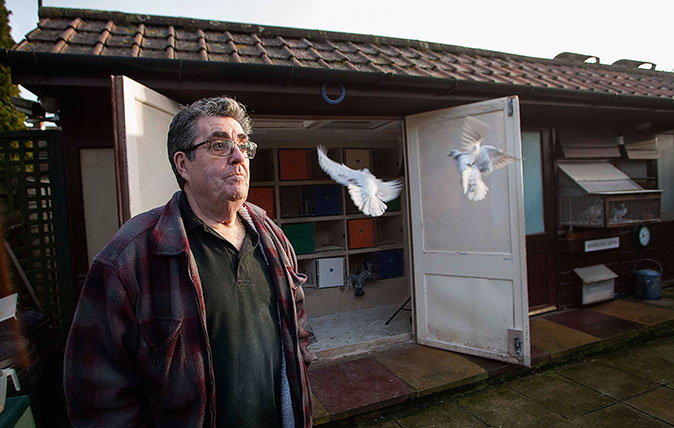
Credit: ©Richard Cannon/Country Life Picture Library
The Pigeon Fancier: 'I set up a deckchair in the garden and wait for them to come back. That’s the most exciting part.'
This week’s Living National Treasure is Colin Hill, a pigeon fancier whose birds regularly race from the tip of Scotland
Stephen Moss is a BAFTA-winning television producer, author, Guardian birdwatching columnist and naturalist living in Somerset, where he runs an MA in Nature and Travel Writing at Bath Spa University. His latest book, ‘Ten Birds that Changed the World’, is published by Faber. His website is www.stephenmoss.tv.
